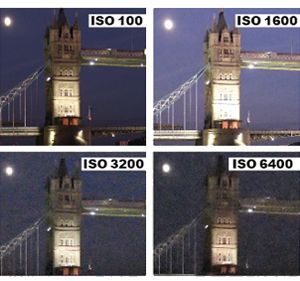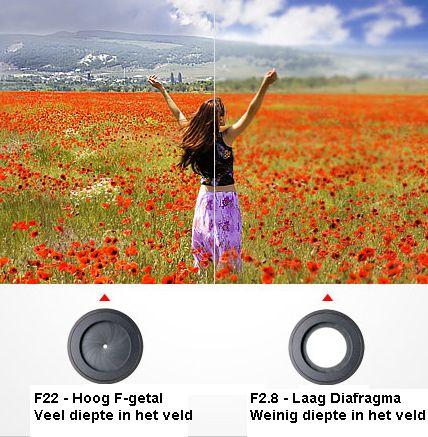- Sale
- 360 Degree Photography
- Battery and Battery Grip
- Backgrounds Even Color
- Backgrounds with Print
- Background Systems
- Cameras
- Camera Accessories
- Camouflage
- Continuous and Videolight
- Filters, Converters and Rings
- Photo frames
- Clamps and Adapters
- Cases and Bags
- Bulbs
- LED Lighting
- Magnifying Glasses
- Macro Photography
- Microphones
- Microscopes
- Night Vision Devices
- Shooting Tables and Tents
- Outdoor and Survival
- ID Photo Systems
- Flash Umbrellas
- Printers
- Reflectors
- Reflectors and Snoots
- Riflescopes
- Rigs Sliders and Stabilizers
- Camouflage Hides
- Smartphone Accessories
- Soft Boxes and Beauty Dishes
- Speedlite Camera flashes
- Spotting scopes
- Tripods and Ballheads
- Strobist
- Studio Accessories
- Studio Flashes and Kits
- Tecco Ilford Print Media
- Telescopes
- Trigger Sets
- Binoculars
- Thermal Imaging
ISO, Shutter Speed and Aperture
The creation of product photos is not too difficult. If you are using a flash kit, then it is essential that you have your camera set to the right settings. You are only able to manually adjust these settings when the camera is in manual mode.

ISO Value
The ISO measures the sensitivity of the light sensor. The higher the number, the faster you can set the shutter speed and the smaller the aperture can be. There are cameras available with an ISO value of up 3200 (it is possible for this value to much higher with the newest and most professional camera models). The disadvantage of shooting with a high ISO value is that the image becomes grainier and therefore, less sharp. An extremely high ISO value is generally only used in twilight conditions and to photograph motorsports as these conditions there will be no effect on how grainy the image will become. For product and studio photography there is, in most instances, enough light and thus the ISO value does not have to exceed 100 to produce a good quality image.
Shutter Speed
Most simply explained, the shutter speed refers to length of time that the camera shutter is open. During this time, the camera sensor is exposed to light thus, the slower the shutter speed, the more light that is let in. When using a slower shutter speed, it is important to remember that the chance of an unclear or blurred photo is high as there camera is more susceptible to vibration. This luckily does not affect product photography and therefore, a slower shutter speed should not be an issue affecting the quality of your photographs. The most commonly used shutter speed is 1/125 seconds.
Aperture
Aperture refers to the size of the opening of the lens, thus determining how much light hits the camera sensor. Aperture is measured in ‘f-stops’. The higher the f-stop number, the smaller the lens opening and vice versa. For example, an f-stop value of 11 indicates an extremely small camera lens opening, while an f-stop value of 2.8 implies a large camera lens opening.

In addition to the size of the opening, the aperture also determines the depth of field of an image. A small depth of field (low f-stop value and therefore a bigger opening) means that only a section of the photo will be in focus and the rest of the image will be blurred. Conversely, a large depth of field (high f-stop value and therefore a smaller opening) means majority of the image will be in focus whether the object is close to the camera or far away. In relation to product photography, it is important to have the largest possible depth of field in order to maintain focus of the whole image, thus a high f-stop value is necessary.
A disadvantage of having such a high f-stop value is the lack of light that can enter the sensor due to the small opening of the lens. Due to this, the photo will become under exposed and dark. To overcome this, it is important to ensure you have enough lighting when shooting images. With lighting such as continuous lighting, it is possible to adjust the strength of the light to improve the quality of your photographs. It is always better to have too much light instead of not enough!